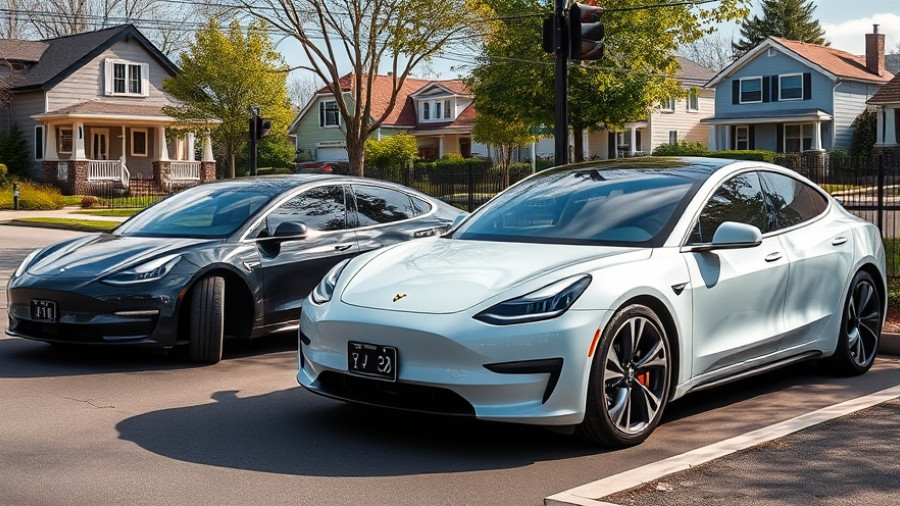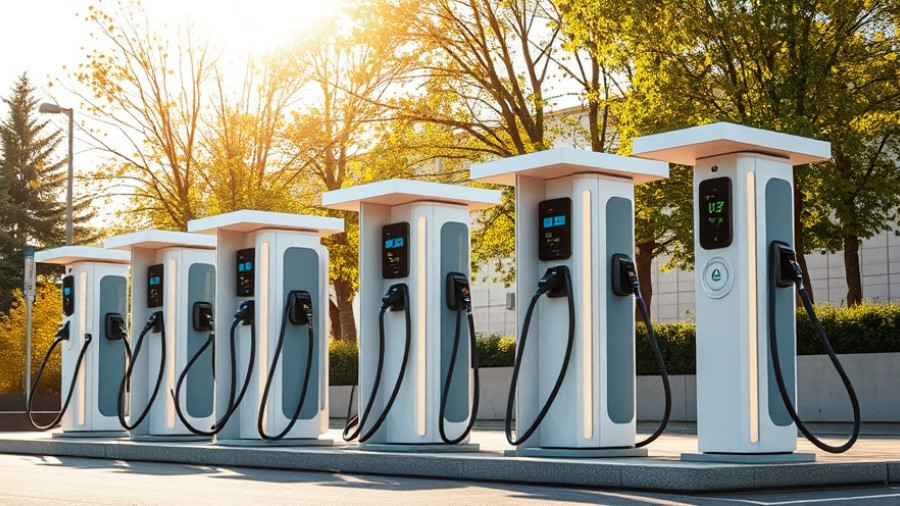
The Shift Towards Subscription Models in the Automotive Industry
In an industry facing increased scrutiny over pricing models, Volkswagen's recent move to offer performance upgrades via subscription for their electric vehicle, the ID.3, marks a significant pivot towards software-driven business strategies. This approach not only capitalizes on the growing trend of monetizing features that previously came standard but also ignites discussions about consumer rights and product ownership. The automotive industry is not alone in this shift; subscription services have become increasingly prevalent across various sectors, particularly in technology and entertainment. As we transition toward a more digital-oriented economy, the ability to unlock advancements for a fee reflects changing consumer expectations—upgrades when you want them, without the need for a complete vehicle purchase.
How Volkswagen’s ID.3 Upgrade Works
Volkswagen’s strategy offers two options: a one-off payment of €629 or a monthly fee of €18.90 to unlock an additional 20 kW of power in the ID.3 Pro. This is intriguing for several reasons, primarily because it allows customers the flexibility to enhance their vehicle's performance without the traditional financial commitment related to upgrading to a new model. Furthermore, the process is facilitated through the VW Connect Store, underscoring the increasing importance of digital platforms in personalizing vehicle ownership experiences.
Consumer Sentiment: The Pros and Cons of Subscription Upgrades
Despite its innovative nature, Volkswagen's subscription model has faced backlash from consumers and critics alike. Many argue that this model represents a new form of exploitation, where essential vehicle features are commodified. This sentiment echoes backlash faced by other automakers, such as BMW and Tesla, who have similarly attempted to unlock performance features through subscription services. The crucial question remains whether these upgrades provide genuine value or simply serve as a revenue stream for manufacturers. While the installment of such features could be seen as a convenience, it also raises ethical concerns around ownership and fairness in pricing.
Comparison with Other Subscription Models in the Automotive Sector
Volkswagen’s subscription strategy is not occurring in a vacuum. Comparable initiatives from other brands warrant discussion. Tesla, for example, has embraced a similar model for their 'Full Self Driving' features, showcasing how advanced technology integration can entice consumers to pay for what might feel like a fundamental aspect of EV functionality. Similarly, BMW's seat heating subscription faced waves of criticism for charging fees for amenities that were traditionally included with the vehicle. This context highlights a growing trend of automakers exploring subscription capabilities as a revenue-enhancing strategy, raising questions about the balance between innovation and consumer fair treatment.
The Future of Automotive Performance Enhancements
As the automotive landscape evolves, subscription-based services may become a staple rather than an exception. The potential for automakers to continually offer improved features as upgrades enables them to keep generating revenue long after the initial purchase. This model not only promotes sustainability by prolonging the vehicle lifespan, as existing customers can enhance their current vehicles rather than buying new, but it also encourages loyalty as customers opt for continuous upgrades within a brand ecosystem.
Conclusion: Is the Subscription Model Here to Stay?
Volkswagen’s performance upgrade for the ID.3 raises both promises and pitfalls for the evolution of automotive ownership. The delicate balance between enhancing consumer experience and preserving the essence of ownership rights will require transparent dialogue among manufacturers, consumers, and advocacy groups. For those interested in the future of green technology and automotive innovation, keeping an eye on this unfolding trend will be crucial.
Take action: Explore further how electric vehicles and energy-efficient technologies can serve you. Stay informed and consider the implications these advancements will have on your investment in sustainable transport solutions.
 Add Row
Add Row  Add
Add 



Write A Comment